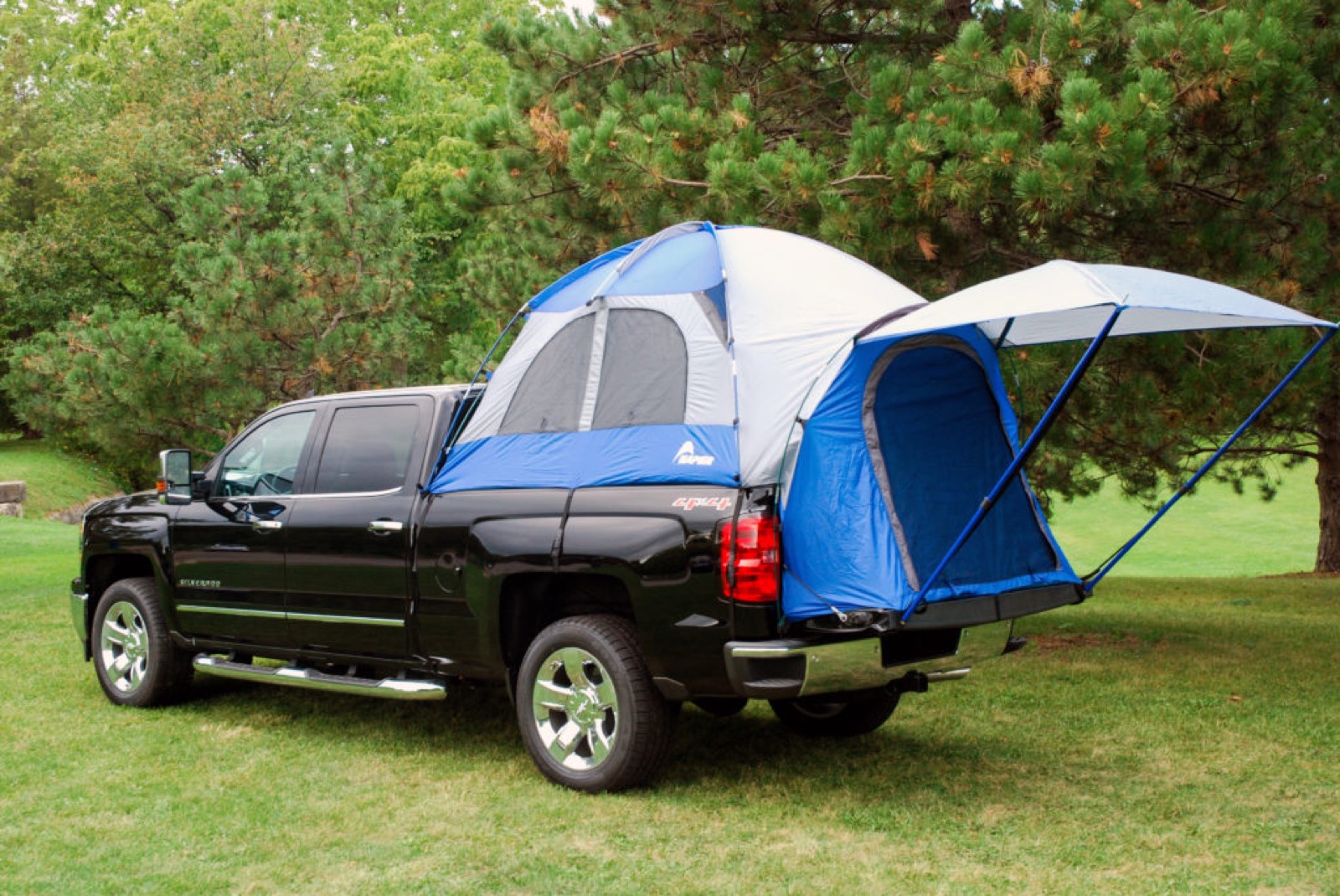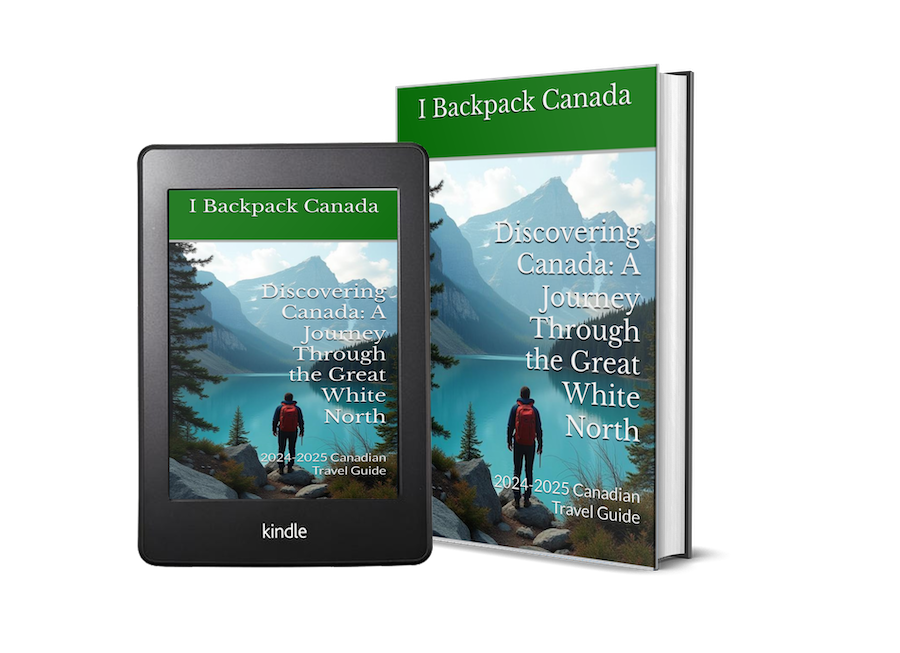Top Tips to Travel Across Canada
Posted on January 27, 2020 • 5 minutes • 1057 words
Canada is a truly stunning country that deserves more recognition than a mad dash to get from the easternmost point to the westernmost point. There is so much to see and explore in every province, so if you’re going to tick this off your bucket list, then you want to do it right. This means giving yourself the time and space to see and do it all because your trip across Canada won’t be achieved in one summer. It won’t even be done in a year. Take your time, go on month-long trips summer after summer if needs be, and follow this guide to ensure that, when you travel across Canada, you do it right: 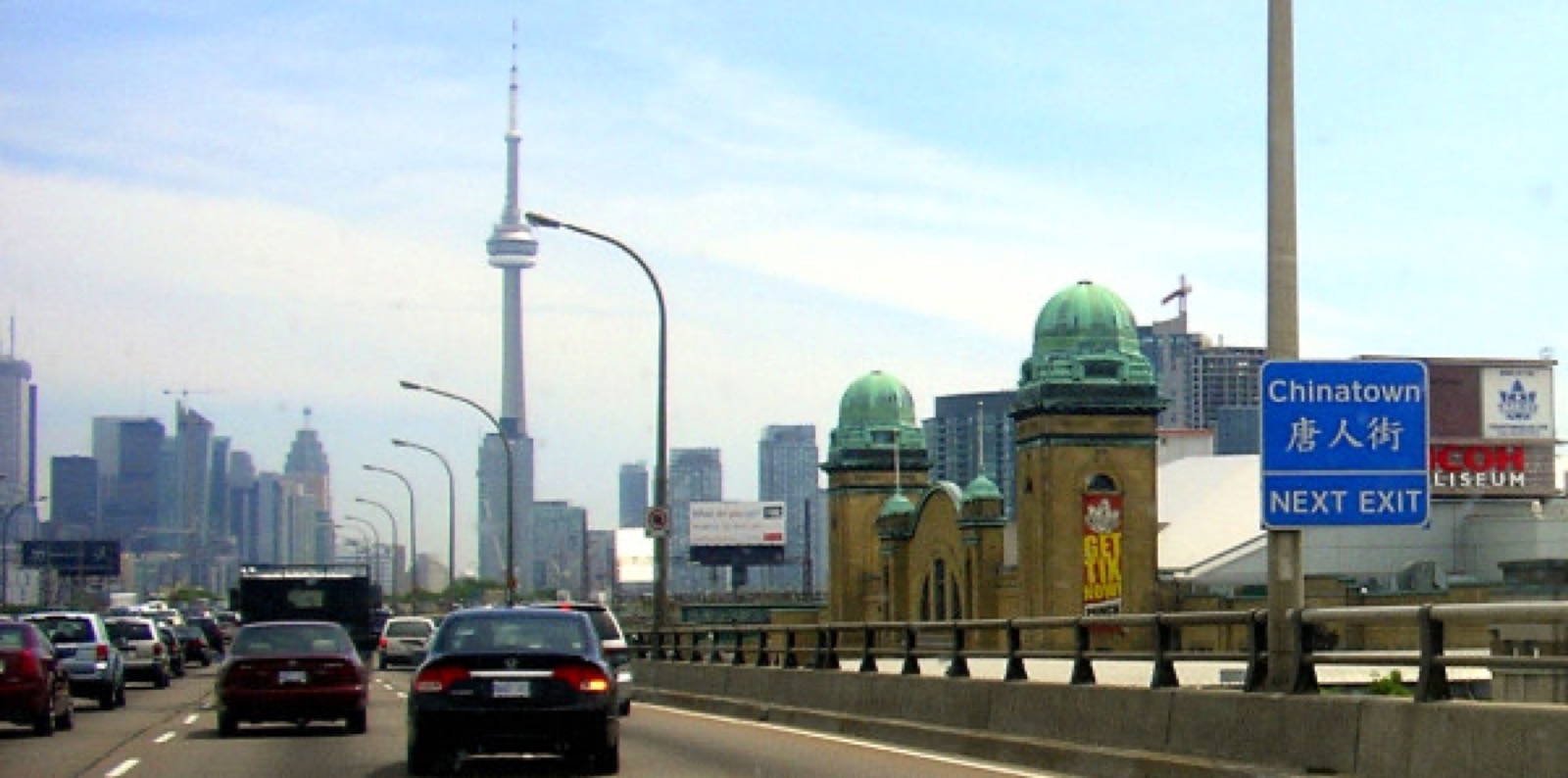 **Don’t Attempt It All At Once ** Canada is massive and far larger than a lot of people give it credit for. There are also lots of very long roads in-between destinations. The drive between provinces alone is often a deal-breaker for many travelers, and quite frankly, it’s not necessary. You can and should localize your trip so that you can do it in pieces rather than in one huge sweep across the nation. Give yourself time to really explore the province and all that it has to offer, and you will truly see Canada from Coast to Coast, not just the Trans-Canada Highway
. **Book a Week at a Time and Fully Explore Each Province ** Every province in Canada can rival an entire country. It is a massive place to explore on foot and by car. Not only is there so much to see and do
, a lot of what makes Canada so great needs to be done slowly. A hike to a beautiful viewpoint. A canoe trip up a river or around a lake. These activities take time and energy. For your safety and enjoyment, it is far better to skip the big road trip and to instead tackle each province piece by piece. A week or ideally two will help you get a good view of what the province has to offer, though you will never be able to see everything. Stick with what matters to you most and plan out enough days to get it all done.
**Don’t Attempt It All At Once ** Canada is massive and far larger than a lot of people give it credit for. There are also lots of very long roads in-between destinations. The drive between provinces alone is often a deal-breaker for many travelers, and quite frankly, it’s not necessary. You can and should localize your trip so that you can do it in pieces rather than in one huge sweep across the nation. Give yourself time to really explore the province and all that it has to offer, and you will truly see Canada from Coast to Coast, not just the Trans-Canada Highway
. **Book a Week at a Time and Fully Explore Each Province ** Every province in Canada can rival an entire country. It is a massive place to explore on foot and by car. Not only is there so much to see and do
, a lot of what makes Canada so great needs to be done slowly. A hike to a beautiful viewpoint. A canoe trip up a river or around a lake. These activities take time and energy. For your safety and enjoyment, it is far better to skip the big road trip and to instead tackle each province piece by piece. A week or ideally two will help you get a good view of what the province has to offer, though you will never be able to see everything. Stick with what matters to you most and plan out enough days to get it all done. 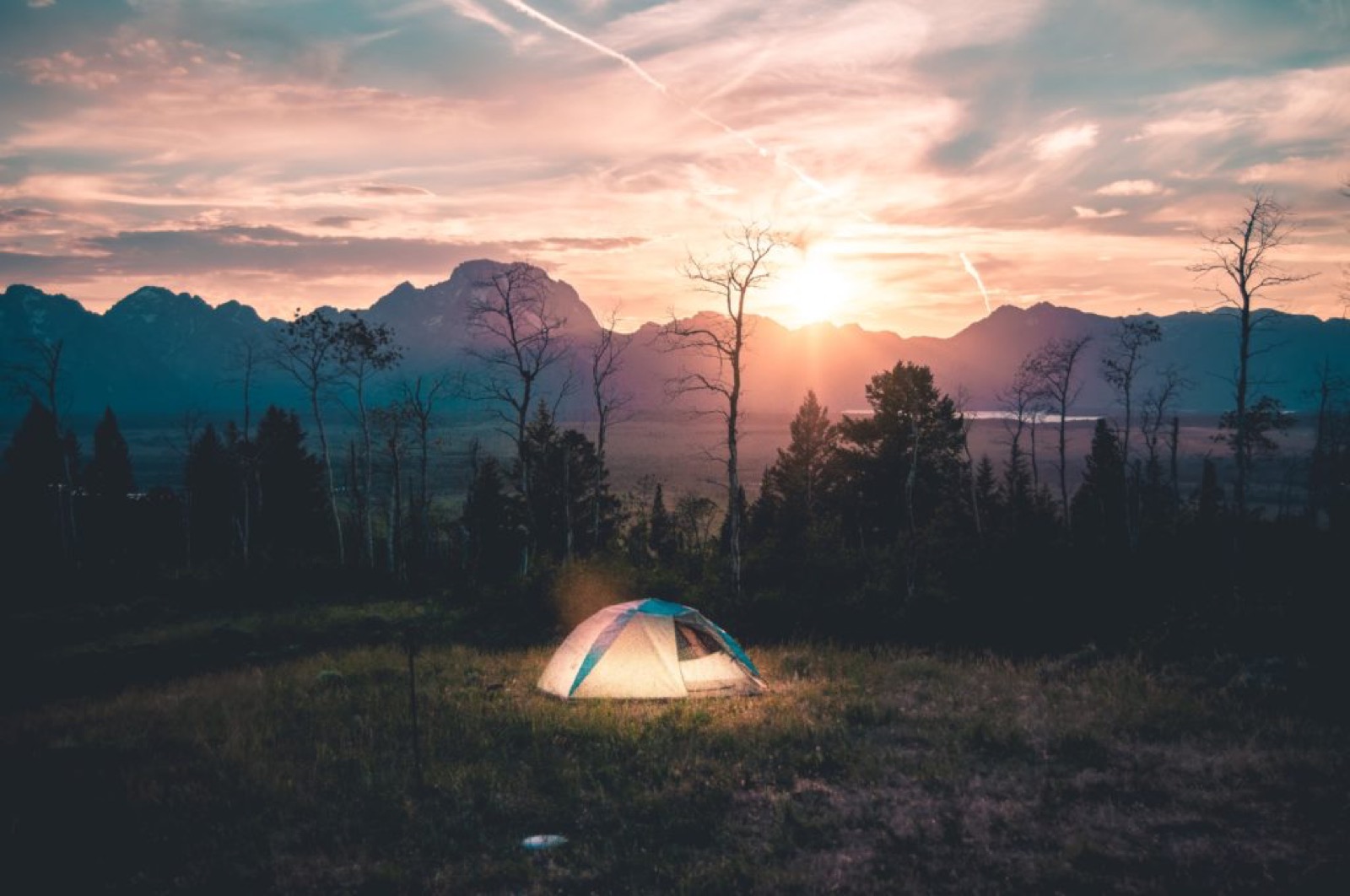 Then add in buffer days. Unless you and everyone that you are traveling with are very fit, you are going to find all the fun outdoor activities are tiring and will wear down on you. Not to mention a lot of natural beauty is best appreciated when we slow down long enough to soak them in. **Take Your Home Away From Home with You ** If you truly wish to commit to see Canada in its entirety – and keep your options open to take your exploring to our neighbours down south – then you need to forget the hotels and motels and campsites. Finding a great RV for sale
can mean having a home away from home and saving year after year on accommodation costs. The RV you buy can be compact and perfect for solo trips, or it can be big enough to house a whole family. Whichever option you go for, keep your needs and future needs in mind so that you can get the most out of your RV. **Packing Up Your RV ** RVs, no matter how big, are going to feel small if your stuff takes over all the communal areas. That is why parking smart is key when traveling on the road. You need to optimize the clothes you bring, the food you bring, and the supplies that you bring. You don’t get it correct the first time out, but think critically and make notes as you go.
Then add in buffer days. Unless you and everyone that you are traveling with are very fit, you are going to find all the fun outdoor activities are tiring and will wear down on you. Not to mention a lot of natural beauty is best appreciated when we slow down long enough to soak them in. **Take Your Home Away From Home with You ** If you truly wish to commit to see Canada in its entirety – and keep your options open to take your exploring to our neighbours down south – then you need to forget the hotels and motels and campsites. Finding a great RV for sale
can mean having a home away from home and saving year after year on accommodation costs. The RV you buy can be compact and perfect for solo trips, or it can be big enough to house a whole family. Whichever option you go for, keep your needs and future needs in mind so that you can get the most out of your RV. **Packing Up Your RV ** RVs, no matter how big, are going to feel small if your stuff takes over all the communal areas. That is why parking smart is key when traveling on the road. You need to optimize the clothes you bring, the food you bring, and the supplies that you bring. You don’t get it correct the first time out, but think critically and make notes as you go. 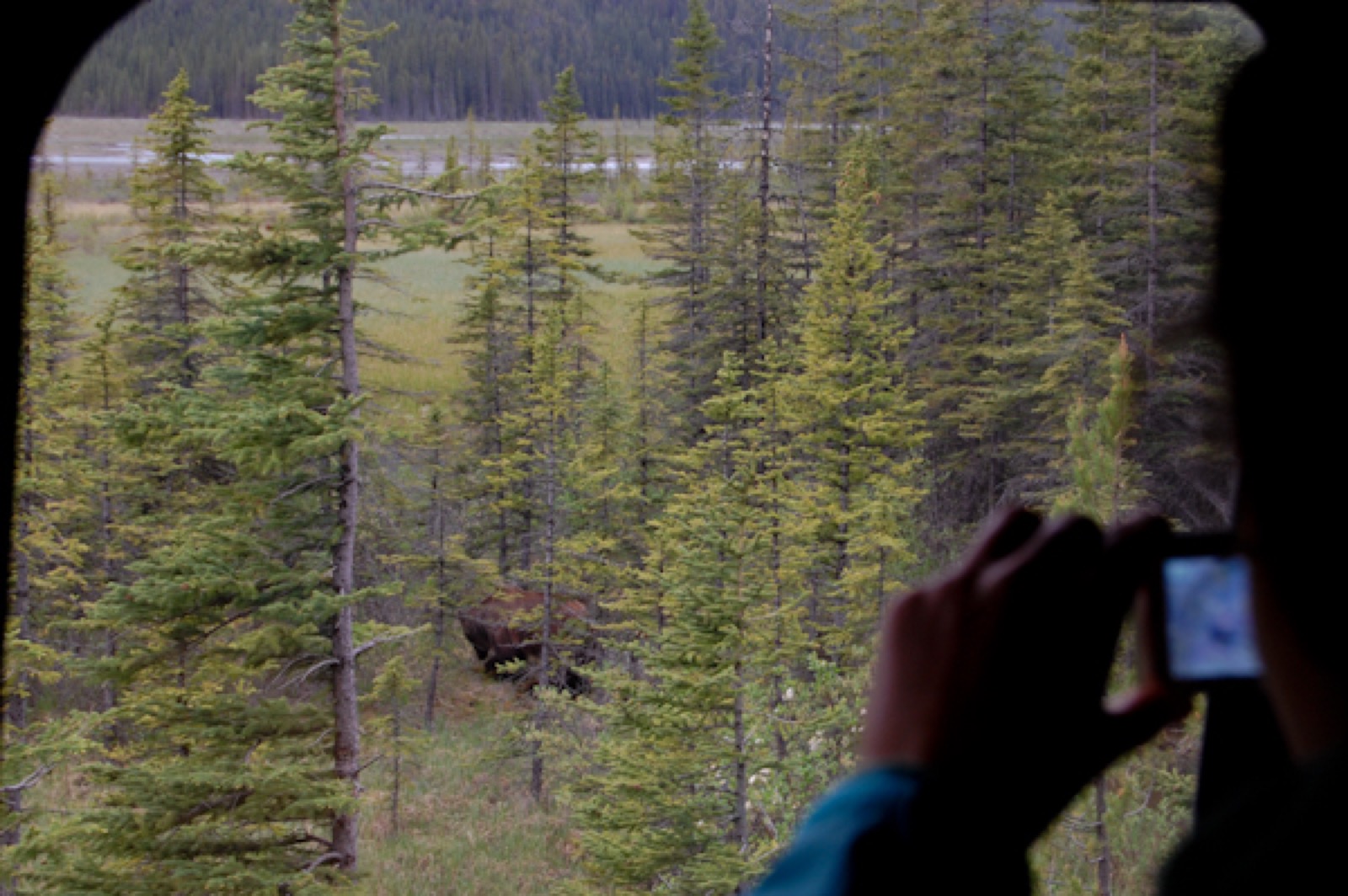 This way you can figure out what is a must to bring, what can go, and enjoy a spacious, tidy RV throughout your trip. **Finding the Right RV Camps ** There are campsites for you to park your RV throughout Canada, but the best ones are going to book up fast. Those that have good connections to national parks or provincial parks are very popular, especially in the height of summer. To avoid disappointment and the risk of driving around for potentially hours while you try to find an RV campsite that has space, you will want to book well in advance. This also applies to any camping sites that you wish to hitch up a tent in if you wanted to spruce things up. Book ahead of time so that you have a great place to rest. The best campsites will have on-site shower facilities, often a swimming lake, barbecues, and many fun camping activities for you to rent out on site. **Take the Right Gear ** Taking the right gear is going to be very important if you want a stress-free break. Lugging around heavy equipment for an activity that you don’t spend much time on during your holiday isn’t going to be comfortable. Instead, use these two indicators to help you decide what to bring and what to leave at home: **The Time of the Year ** In order to ensure that you have the right gear with you, you need to be realistic. If it is too cold to go fishing during dusk or dawn (when fish are most active), then you likely won’t want to get out of bed. If the mosquitoes are too vicious (common in spring), then going out on a river or in shallow water in a canoe isn’t going to be on the to-do list. Know the time of the year and what you will expect so that you can plan activities that will be most enjoyable.
This way you can figure out what is a must to bring, what can go, and enjoy a spacious, tidy RV throughout your trip. **Finding the Right RV Camps ** There are campsites for you to park your RV throughout Canada, but the best ones are going to book up fast. Those that have good connections to national parks or provincial parks are very popular, especially in the height of summer. To avoid disappointment and the risk of driving around for potentially hours while you try to find an RV campsite that has space, you will want to book well in advance. This also applies to any camping sites that you wish to hitch up a tent in if you wanted to spruce things up. Book ahead of time so that you have a great place to rest. The best campsites will have on-site shower facilities, often a swimming lake, barbecues, and many fun camping activities for you to rent out on site. **Take the Right Gear ** Taking the right gear is going to be very important if you want a stress-free break. Lugging around heavy equipment for an activity that you don’t spend much time on during your holiday isn’t going to be comfortable. Instead, use these two indicators to help you decide what to bring and what to leave at home: **The Time of the Year ** In order to ensure that you have the right gear with you, you need to be realistic. If it is too cold to go fishing during dusk or dawn (when fish are most active), then you likely won’t want to get out of bed. If the mosquitoes are too vicious (common in spring), then going out on a river or in shallow water in a canoe isn’t going to be on the to-do list. Know the time of the year and what you will expect so that you can plan activities that will be most enjoyable. 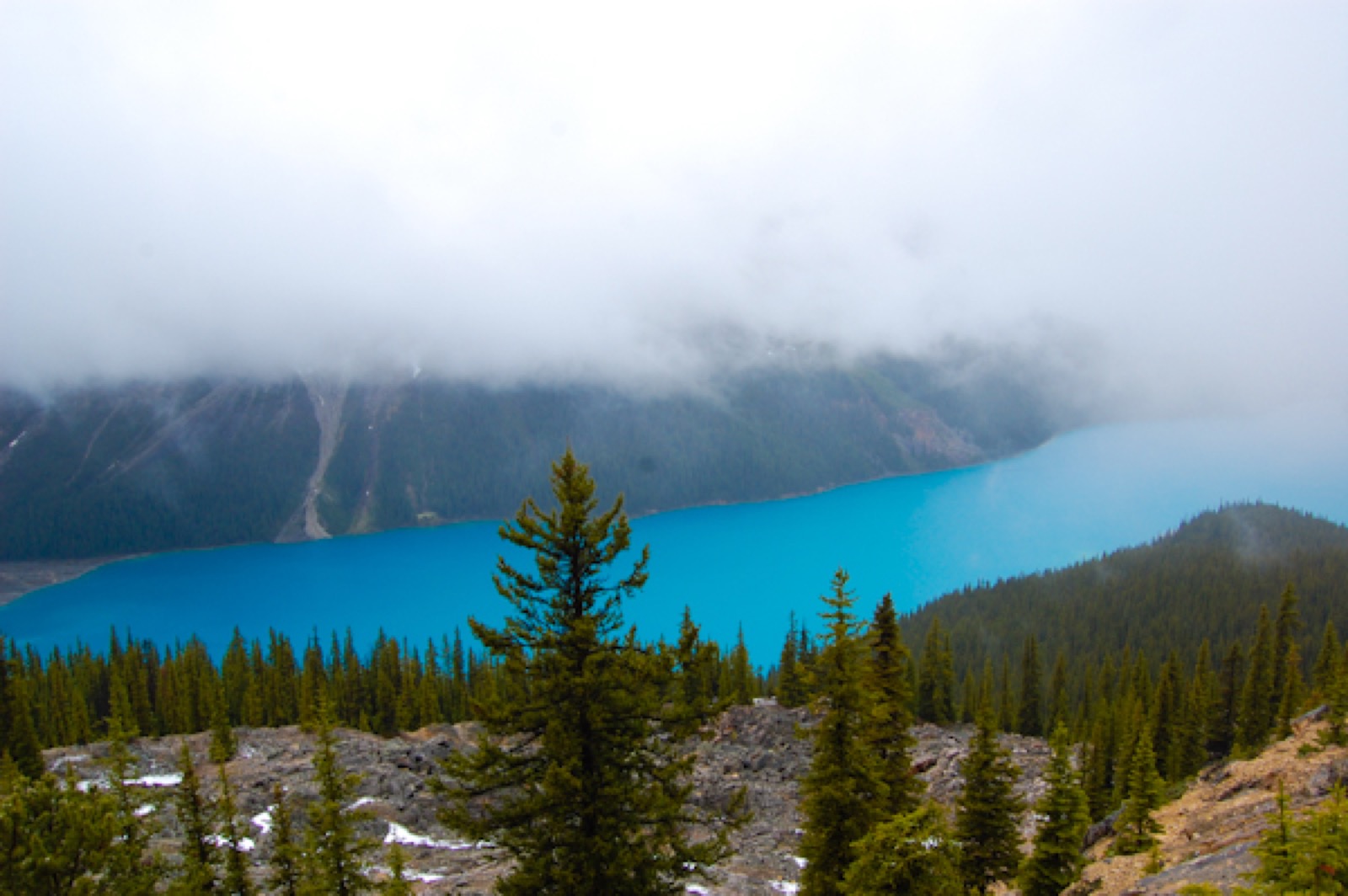 **What Can be Rented on the Site ** Many campsites will allow you to rent items from them. Canoeing, for example, is one of the most common rental items to find on a campsite. Save yourself the hassle of bringing your own and rent them instead at your destination. **Bring Layers to Accommodate Temperature Fluctuations ** If you haven’t done a lot of camping or hiking, then you will want to know this key secret – it’s going to get cold in summer, and you’re going to feel hot in fall. By bringing high-performance or thermal layers
, you can safely accommodate these temperature fluctuations without letting a drop in temperature or an overcast day ruin your trip.
**What Can be Rented on the Site ** Many campsites will allow you to rent items from them. Canoeing, for example, is one of the most common rental items to find on a campsite. Save yourself the hassle of bringing your own and rent them instead at your destination. **Bring Layers to Accommodate Temperature Fluctuations ** If you haven’t done a lot of camping or hiking, then you will want to know this key secret – it’s going to get cold in summer, and you’re going to feel hot in fall. By bringing high-performance or thermal layers
, you can safely accommodate these temperature fluctuations without letting a drop in temperature or an overcast day ruin your trip.
